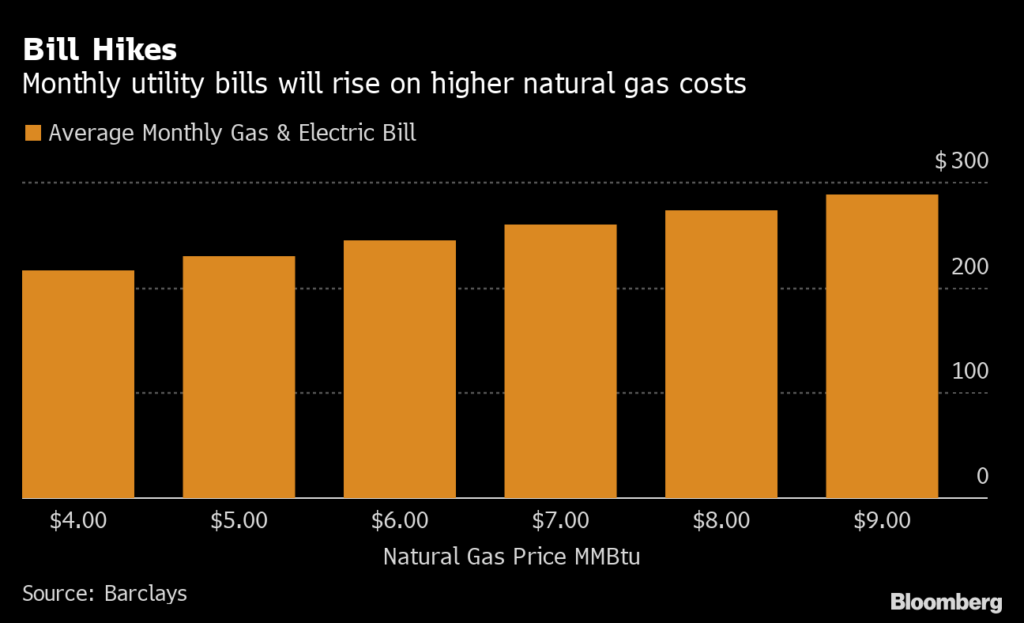Is America struggling with energy bills?

Energy bills have become a growing concern for many households in America. The increasing cost of energy has left people struggling to manage their monthly expenses. This article delves into the factors contributing to high energy bills, the impacts they have on individuals and the environment, as well as the initiatives and solutions being implemented to address this issue.
- The Rising Cost of Energy in America
- Factors Contributing to High Energy Bills
- Impacts of High Energy Bills
- Government Initiatives and Policies
- Energy Efficiency Solutions
- Renewable Energy Sources and their Potential
- Case Studies: States Tackling Energy Affordability
- Future Outlook and Challenges
- Conclusion
- Frequently Asked Questions
The Rising Cost of Energy in America
In recent years, the cost of energy in America has seen a significant upward trend. Factors such as inflation, rising demand, and limited natural resources have contributed to this increase. As a result, households across the nation are facing the burden of higher energy bills.
Factors Contributing to High Energy Bills
Several factors are responsible for the surge in energy bills. Firstly, the reliance on fossil fuels, which are finite resources, has driven up their prices. Additionally, aging infrastructure and outdated energy systems result in inefficiencies and higher costs. Lastly, extreme weather conditions, like heatwaves and cold spells, can lead to increased energy consumption for heating and cooling purposes.
Impacts of High Energy Bills
The impacts of high energy bills extend beyond financial strain. Many families are forced to make difficult choices between paying their energy bills and meeting other essential needs. Moreover, the excessive use of non-renewable energy sources contributes to environmental degradation and climate change.
Government Initiatives and Policies
The government has recognized the urgency of addressing the energy affordability issue. Several initiatives and policies have been implemented to alleviate the burden on households. These include financial assistance programs, tax incentives for energy-efficient upgrades, and regulations promoting renewable energy sources.
Energy Efficiency Solutions
One effective way to reduce energy bills is by implementing energy-efficient practices. Simple measures such as insulating homes, using energy-efficient appliances, and switching to LED lighting can significantly lower energy consumption and costs. Moreover, adopting smart home technologies and utilizing programmable thermostats can optimize energy usage.
Renewable Energy Sources and their Potential
Renewable energy sources, such as solar and wind power, offer a promising solution to the energy affordability challenge. These sources are not only environmentally friendly but also have the potential to reduce long-term energy costs. Investing in renewable energy infrastructure and encouraging their widespread adoption can lead to a more sustainable and affordable energy future.
Case Studies: States Tackling Energy Affordability
Several states have taken proactive measures to tackle energy affordability. California, for instance, has implemented programs like the Low-Income Home Energy Assistance Program (LIHEAP) to assist low-income households. New York has introduced the Clean Energy Fund, which provides financial support for renewable energy projects. These case studies serve as examples for other states to follow in their pursuit of energy affordability.
Future Outlook and Challenges
While progress has been made, challenges remain in achieving widespread energy affordability. The transition to renewable energy sources requires significant investment and infrastructure upgrades. Additionally, raising awareness and changing consumer behavior regarding energy consumption will be crucial in achieving long-term energy affordability goals.
Conclusion
High energy bills in America present a significant challenge for households and the environment. However, with the implementation of government initiatives, energy efficiency solutions, and the adoption of renewable energy sources, the path towards energy affordability is gradually being paved. By addressing this issue collectively, America can work towards a future where energy bills are manageable and sustainable.
Frequently Asked Questions
1. Why are energy bills in America increasing?
The increasing cost of energy in America can be attributed to factors such as inflation, rising demand, limited natural resources, and inefficient energy systems.
2. What can individuals do to reduce their energy bills?
Individuals can reduce their energy bills by implementing energy-efficient practices, such as insulating homes, using energy-efficient appliances, and optimizing energy consumption through smart home technologies.
3. Are there any government assistance programs available for energy bill relief?
Yes, the government offers various financial assistance programs and tax incentives to help individuals and households alleviate the burden of high energy bills.
4. How can renewable energy sources help in lowering energy bills?
Renewable energy sources offer a sustainable solution to lowering energy bills. By investing in renewable energy infrastructure, households can reduce their reliance on costly fossil fuels and benefit from long-term cost savings.

Leave a Reply